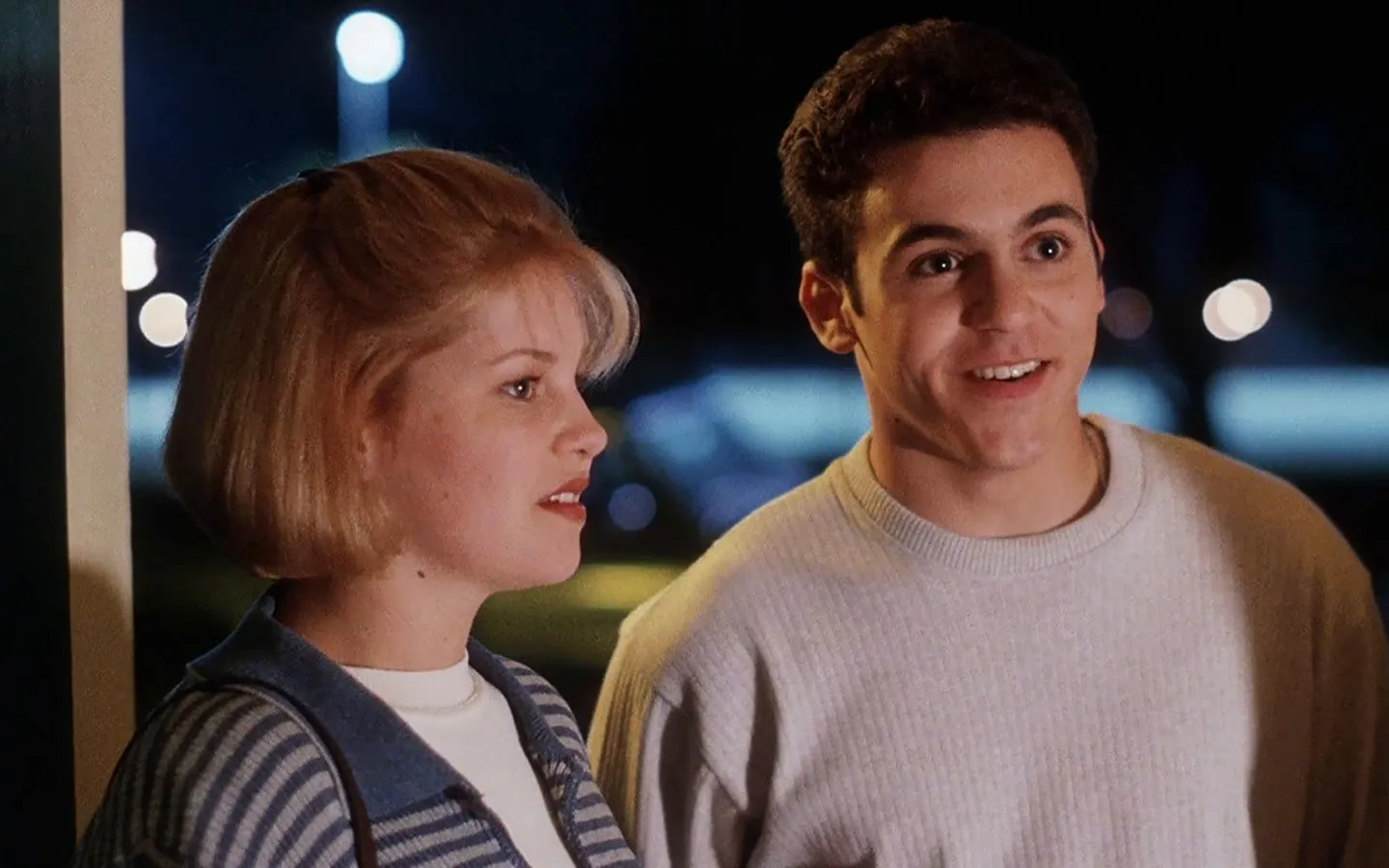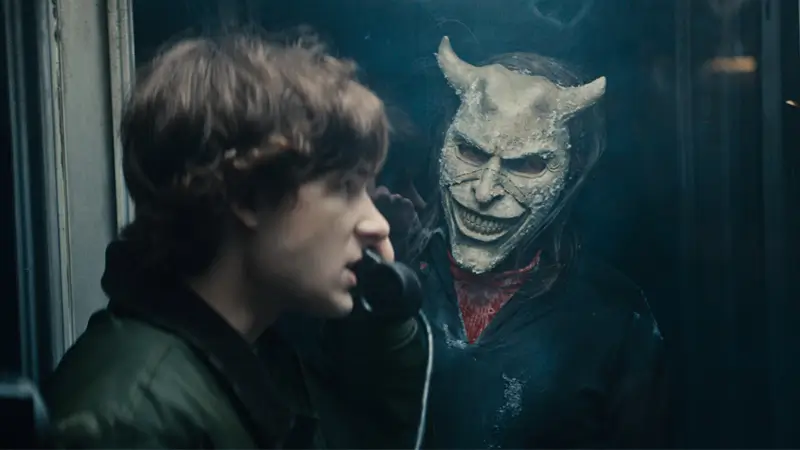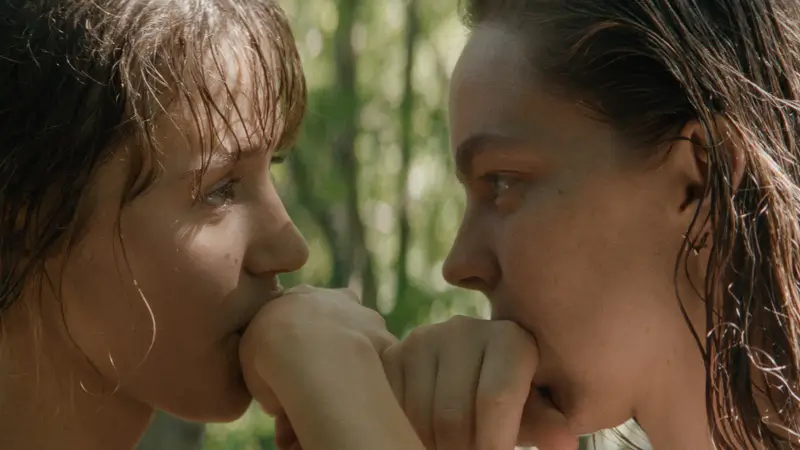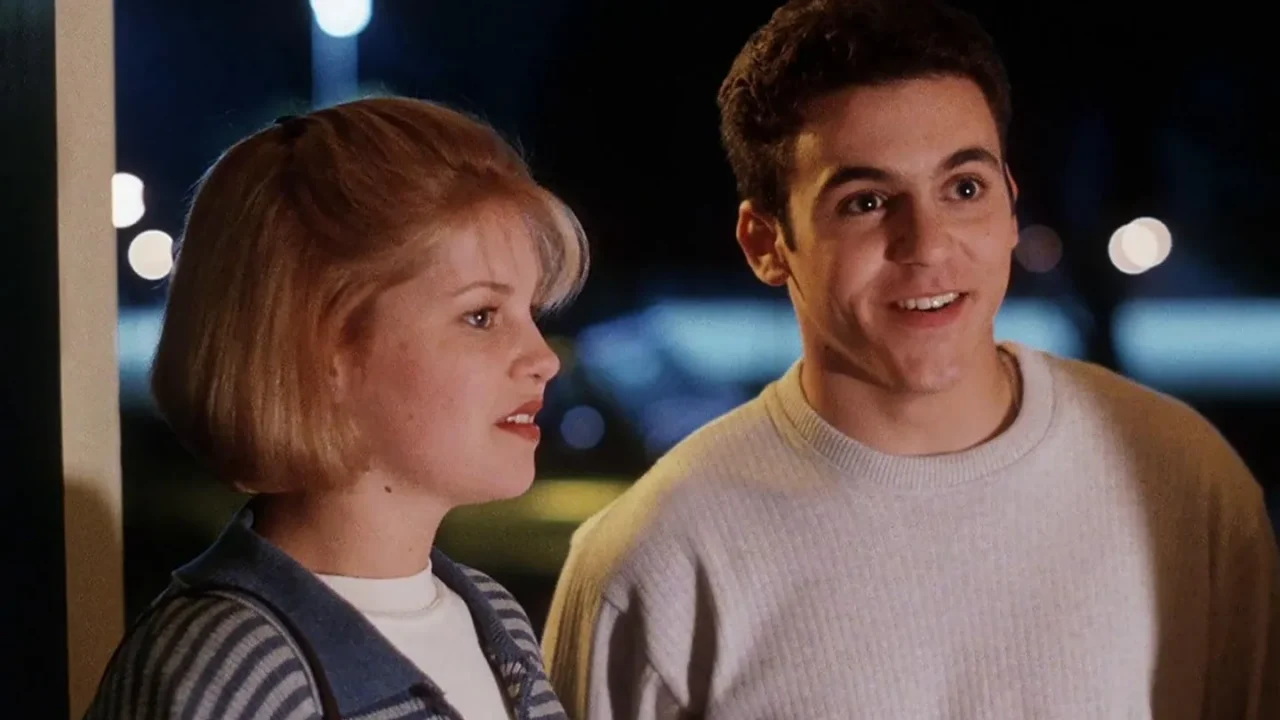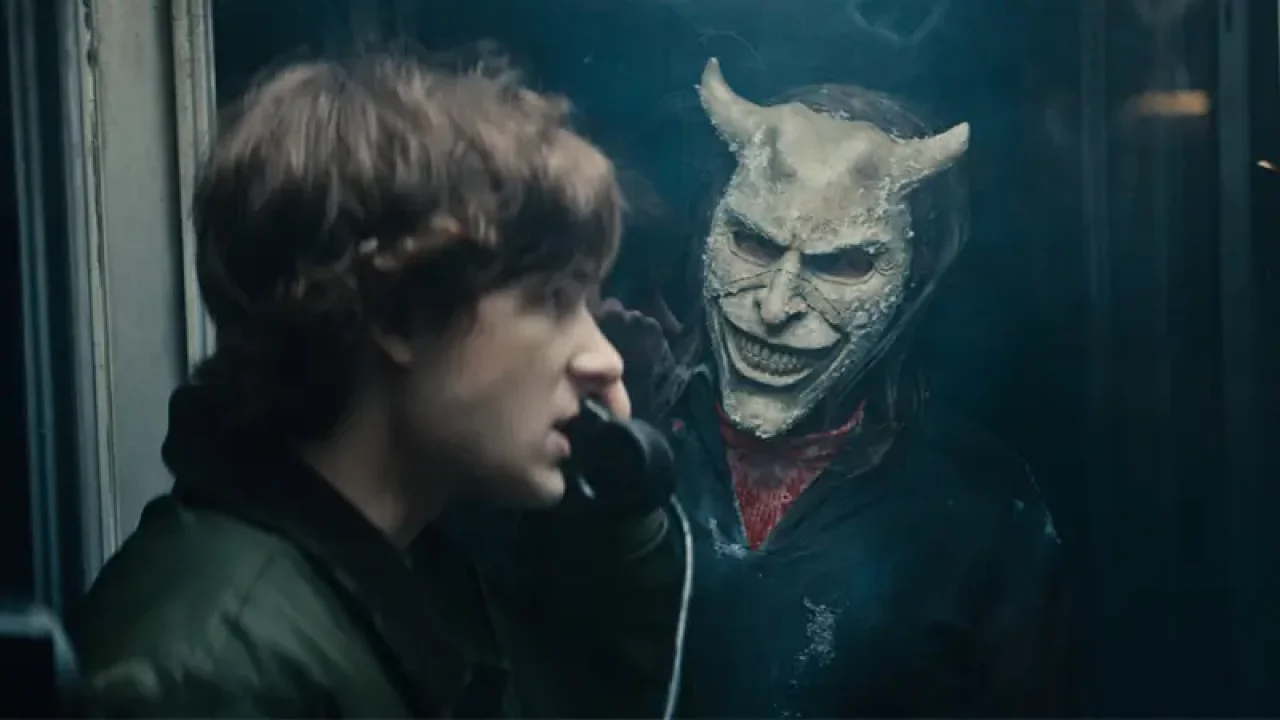In 2014, Christopher Nolan, already celebrated for The Dark Knight (2008) and Inception (2010), released Interstellar. The promise was to balance visual spectacle and science. A decade later, the work still sparks debates and awakens fascination.
Now, Interstellar is in theaters starting 08/28, in remastered copies. For veterans, it’s a reunion. For new viewers, the first chance to see the title on the big screen, with sound designed for a dark room.
Why Did Christopher Nolan’s Interstellar Change the Way Sci-Fi is Filmed?
The premise, at first glance, might seem common: Earth in crisis, space mission to save humanity. But Nolan places a different axis at the center. Matthew McConaughey (Dallas Buyers Club, 2013) plays Cooper, a pilot turned farmer who returns to flying.
The bond with Murph, his daughter, sustains the narrative. Mackenzie Foy (The Conjuring, 2013) and Jessica Chastain (Zero Dark Thirty, 2012) portray the character at different stages.
It’s not just space exploration. It’s also the story of a bond corroded by distance and time.
How Did Matthew McConaughey and Jessica Chastain Guarantee Emotion in a Film About the Cosmos?
The cast prevents the narrative from sounding cold. McConaughey acts with restraint. His scene facing accumulated messages is devastating.
Jessica Chastain conveys resentment and affection in balanced measures. Anne Hathaway (Les Misérables, 2012) composes Amelia Brand with pragmatism and fragility. Michael Caine (The Prestige, 2006) appears as a mentor with ambiguous intentions.
The cast’s work anchors the cosmic dimension in recognizable feelings.
What Did Kip Thorne Bring to Make Interstellar Respected Among Scientists?
Nolan knew he needed rigor. He called Kip Thorne, 2017 Nobel laureate, to validate concepts. Relativity, black holes, time dilation.
The simulation of Gargantua originated academic papers. The wave planet showed millions the unequal passage of time. One hour there, seven years on Earth.
This commitment made the fiction plausible and differentiated the film from conventional space adventures.
Hans Zimmer in Interstellar: Why Did the Music Become an Essential Part of the Narrative?
Hans Zimmer, composer of Gladiator (2000) and Inception (2010), created an unexpected score. He used a church organ, recorded in London’s cathedral.
The music acts as a central element of the narrative, controlling the pace and amplifying each visual sequence.
Spatial silences gain intensity when the organ enters, creating a powerful contrast between image and sound.
This choice made the soundtrack gain recognition, now remembered among the most striking works of his career.
- Read more: Review The Conjuring: Last Rites settles for being just a jump-scare movie — nothing more
How Did Nolan Combine Practical and Digital Effects in Interstellar?
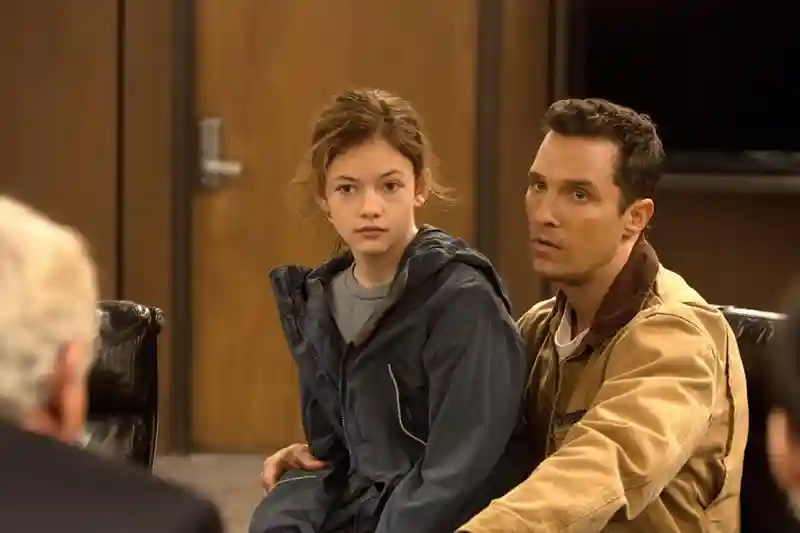
Nolan always prioritized the tangible. He built Cooper’s farm, planted real corn, filmed in natural settings like Iceland.
Digital entered only where necessary. Gargantua required thousands of hours of processing. The wave planet sequence became a reference for cinematic tension. The Oscar for visual effects rewarded the integration of technique and narrative.
Why Did Interstellar Divide Critics in 2014 and Gain Another Reading Ten Years Later?
The initial reception was polarized. Some critics saw sentimentality. Others highlighted the courage to unite complex physics and melodrama.
The audience reacted clearly. It grossed over $680 million at the box office. The Oscar awarded visual effects and nominated the feature in four other categories.
Over time, the assessment changed. Today, the title appears on lists of the greatest films of the 21st century.
What Cultural Legacy Did Interstellar Leave for Cinema and Science?
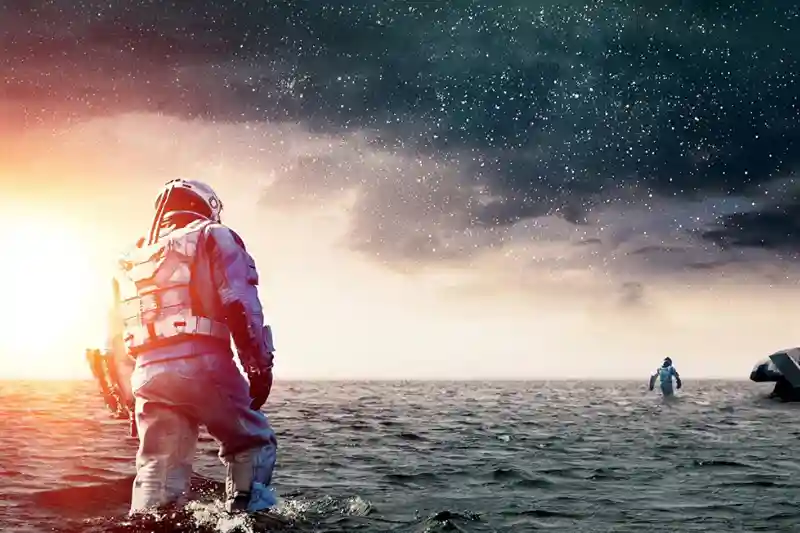
The film brought viewers closer to concepts previously restricted to specialists. Black holes and time dilation became known images. Teachers used clips in class.
Physics books gained new editions driven by the success. Universities reported more interest in courses linked to astronomy.
In cinema, it paved the way for works that sought to unite science and emotion. Few achieved a similar result.
- Discover: Crocodiles: They’ve existed for millions of years and remain the same. For cinema, that’s perfect
Why Is Watching the 2025 Re-release of Interstellar Different from Watching at Home?
On TVs, the experience is diluted. Nolan filmed for a dark room, thunderous sound, and immense projection.
The re-release brings remastered copies. For veterans, it’s a reunion. For new viewers, a late premiere. Hoyte van Hoytema’s cinematography (Dunkirk, 2017) demands a wide screen. Zimmer’s score needs to echo in theater speakers.
Watching on streaming doesn’t deliver what Nolan designed.
What Behind-the-Scenes Curiosities Still Surround Interstellar?

The script was born in a project associated with Steven Spielberg. Later, Christopher Nolan took over the direction and rewrote it with his brother Jonathan. For agricultural scenes, the team planted hectares of corn, destroyed later during filming, but the remaining harvest was sold. The icy planet was shot in Iceland, a setting also used in Batman Begins (2005).
During the initial reading, Matthew McConaughey became emotional to the point of crying. Physicist Kip Thorne inserted a contractual clause guaranteeing respect for the laws of physics, imposing creative limits on production. The visual simulation of Gargantua, developed from scientific calculations, resulted in a published academic paper. These details evidence the level of care that guided every decision of the creative process.
How Does Interstellar Connect to Inception and Tenet in Christopher Nolan’s Work?
In his filmography, Inception explored layers of dreams. Tenet investigated inverted temporalities. Interstellar focused on relativity and additional dimensions. Together, the three films build a mosaic about time, perception, and the limits of human understanding. Nolan established himself as a director who allies spectacle and intellectual reflection without abandoning a broad audience.
Where to Watch It Today?
The 2025 re-release happens in theater chains in Brazil and abroad. Outside theaters, the version of the film as released in 2014, for those who haven’t seen it yet, is available on Max, Prime Video, and Apple TV+.
Blu-ray and 4K versions include extras about behind-the-scenes and science. But nothing replaces the projection in the space for which it was created.
You Might Be Interested In:
- Vera Farmiga and Patrick Wilson: A Partnership That Marked the Supernatural and Beyond
- In an interview, Darren Aronofsky shows he no longer wants to be the weird filmmaker
- Where Are the Disney Idols of the 2000s? Lindsay Lohan, Hillary Duff, and a Whole Generation of Millennials
- Review of The Artifice Girl: Does AI Dream of Electric Humans?
- Looney Tunes; The Movie: The Day the Earth Blew Up and Its References to Cinema




